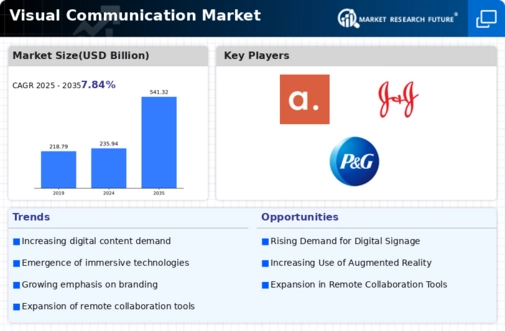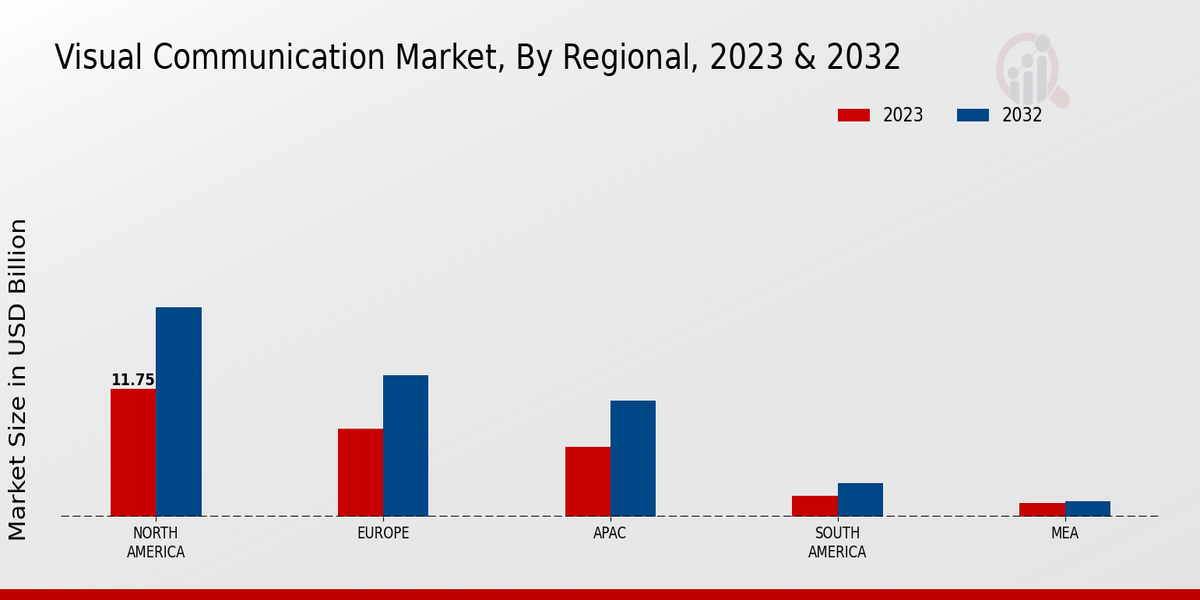The Visual Communication Market is a dynamic and rapidly evolving sector characterized by the increasing integration of technology into communication strategies across various industries. This market encompasses a broad range of solutions and applications, such as digital signage, interactive display systems, video conferencing tools, and visual collaboration platforms.
As businesses strive to enhance user engagement, streamline communication, and improve customer experiences, the demand for innovative visual communication solutions has surged. Competitive insights within this arena reveal a landscape populated by prominent players who leverage advanced technologies, unique selling propositions, and strategic partnerships to carve out significant market positions.
The ongoing innovation and adoption of cloud-based solutions further underline the competitive nature of this market, pushing companies to continually develop and optimize their offerings. Oracle stands as a formidable entity within the Visual Communication Market, leveraging its robust technological foundation and extensive industry experience.
The company's strengths lie in its comprehensive suite of cloud-based and on-premise solutions designed for visual communication and collaboration. Oracle offers a range of applications that integrate seamlessly with existing enterprise systems, thus enhancing organizational efficiency.
Its strong emphasis on data security and privacy, coupled with innovative analytics capabilities, empowers businesses to make informed decisions and adapt quickly to changing market dynamics.
The company's established reputation for providing high-performance infrastructure and robust integration capabilities further solidifies its position in the visual communication landscape, enabling clients to achieve cohesive branding and messaging through advanced visual solutions.
Cisco Systems maintains a steady presence in the Visual Communication Market, recognized for its commitment to enhancing communication and collaboration through cutting-edge technology solutions.
The company excels in providing comprehensive video conferencing and collaboration tools that cater to the needs of various sectors, including education, healthcare, and corporate environments. Cisco's strengths include its user-friendly interface, reliability, and ability to support large-scale deployment, ensuring high-quality communication experiences regardless of the number of users.
Furthermore, Cisco's integration of artificial intelligence and machine learning into its visual communication products positions it as a leader in innovation, helping businesses enhance engagement and productivity.
The company's extensive portfolio, including tools for virtual events and webinars, enables organizations to communicate effectively and maintain strong connections with their audiences, thereby reinforcing its competitive advantage in the market.














Leave a Comment